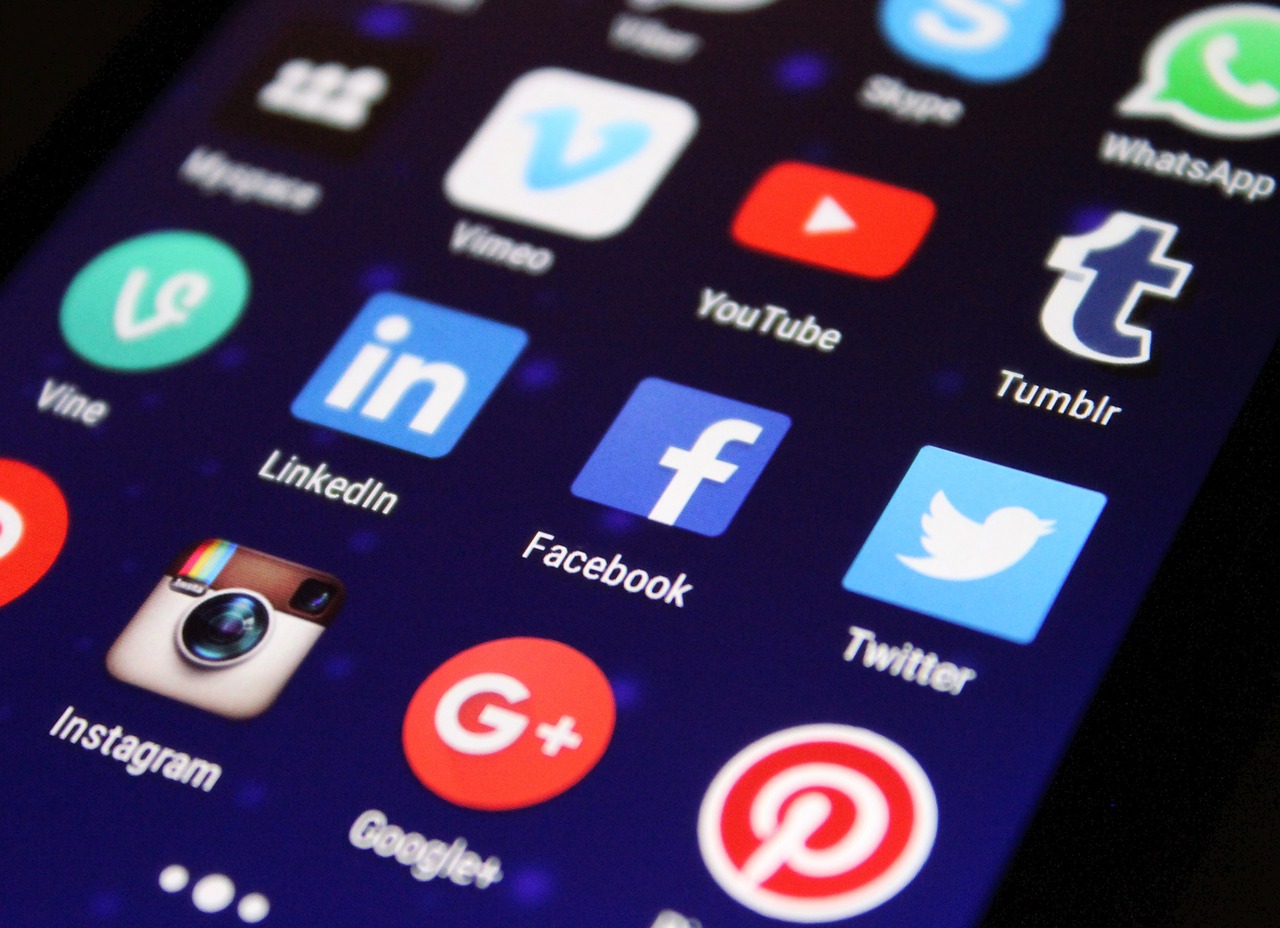
The number of social media users in the world has now surpassed 3 billion, which is a 13 percent rise compared to one year ago. In fact, in just three months of 2017 this number has grown by 120 million, which adds up to 15 new users each second. Nevertheless, number of businesses competing for their attention is also growing, as well as the amount of content ready to be consumed. Combine these stats with the apparent decrease in attention spans and it’s obvious that we’ll be watching a fierce battle for the social media spotlight by brands of all kinds.
So how do you end up among the victorious in this battle? It’s simple – good product, good content, hard work. And of course, a psychological trick or two that can give you a little additional boost at any time. Here’s a quick overview of the few most common ones.
Reciprocity
One of the most useful psychology-based tricks relies on the concept of reciprocity, which basically means that when you give something away you can expect to get something in return, and vice versa. It’s assumed that if you offer people something they enjoy or find useful, they will feel some sort of obligation to subscribe, sign up or make a purchase. Now, what you can offer to your audience is, above all, good, helpful and informative content.
Coming up with the right ideas for this kind of content is not easy. You need to understand your audience perfectly, and your posts need to be creative, product-related and relevant at the same time, so having a social media marketing agency to give you a hand is sometimes a must.
A good example to follow is something that guys from Geek Squad did. They tried to explain to their audience how to fix different computer issues themselves, which seems like a bad idea at the first glance since it interferes with their business. If they teach people how to fix their computers on their own they might run out of business, right? Wrong.
Because eventually, when it comes to major and complex issues people won’t be able to do everything by themselves. And then they’ll obviously be more eager to turn to these guys than to a random repair shop. Firstly, because they will feel a kind of commitment to the company that tried to help them without asking anything in return and secondly, because they showed that they’re knowledgeable and proficient.
Scarcity
Making use of the concept of scarcity in marketing is quite simple. You just declare that a certain product, service or a discount is limited in terms of quantity or time, thereby urging people to engage and buy. The whole idea is based on what’s called the fear of missing out, a much broader concept that is mirrored in the fact that 56% of social media users are afraid to miss an event or a news story if they stay away from social networks.
Same goes for products and services. In a study carried out by an ecommerce agency from the Netherlands, it was found that a countdown timer alone increased conversion by 8.6 percent. People are simply afraid to miss out on an opportunity to get this product, especially if it’s on discount. However, you shouldn’t overuse this strategy, because then it loses its potential. It can even have a negative effect – if all your products are limited, exclusive and almost out of stock, then you’re probably just playing with people and taking advantage of this trick, which will not remain unnoticed.
Social proof
One thing we know about people is that most of them are looking to conform to actions and reactions of the others. You can make use of this fact in social media marketing by putting an emphasis on reviews and other user-generated content.
Obviously, if your product is not really popular among social media users, then this won’t be really doing you any good, but then again, if your product is simply bad then probably no marketing strategy will be able to save you. But you have to use all the good feedback you can get, whether by pointing out that your number of followers reached a certain milestone or by encouraging people to review your product and posting the best of reviews on your social networks. This will definitely affect your brand’s image and trustworthiness in the eyes of your audience.
Visuals
The range of strategies you can employ in your visual approach is huge, from choosing the appropriate colors to represent your business to using symbolism of shapes to enhance your brand’s visibility and highlight the ideas and values you’re trying to promote. The bag of tricks that can be played here is immense. The design of your individual visual posts and your overall visual identity play a very important role in attracting, engaging and retaining your audience. Do your homework and use this to your advantage.
Bottom line – stay positive
When using any of these tactics it’s important to have in mind that people are more inclined to engage when they’re emotionally aroused, specifically when they’re happy, amused, angry or fearful. This especially goes for the more positive of these emotions. Positive emotions tend to be very contagious and causing a bit of an endorphin release in people’s brains will make them more eager to share the story and spread the good energy. This is good for your brand’s image as well, because everyone likes a bit of cheer, delight and inspiration during one of the endless scroll sessions on their favorite social networks. It’s not bad at all building a brand normally related with these feelings and notions.
